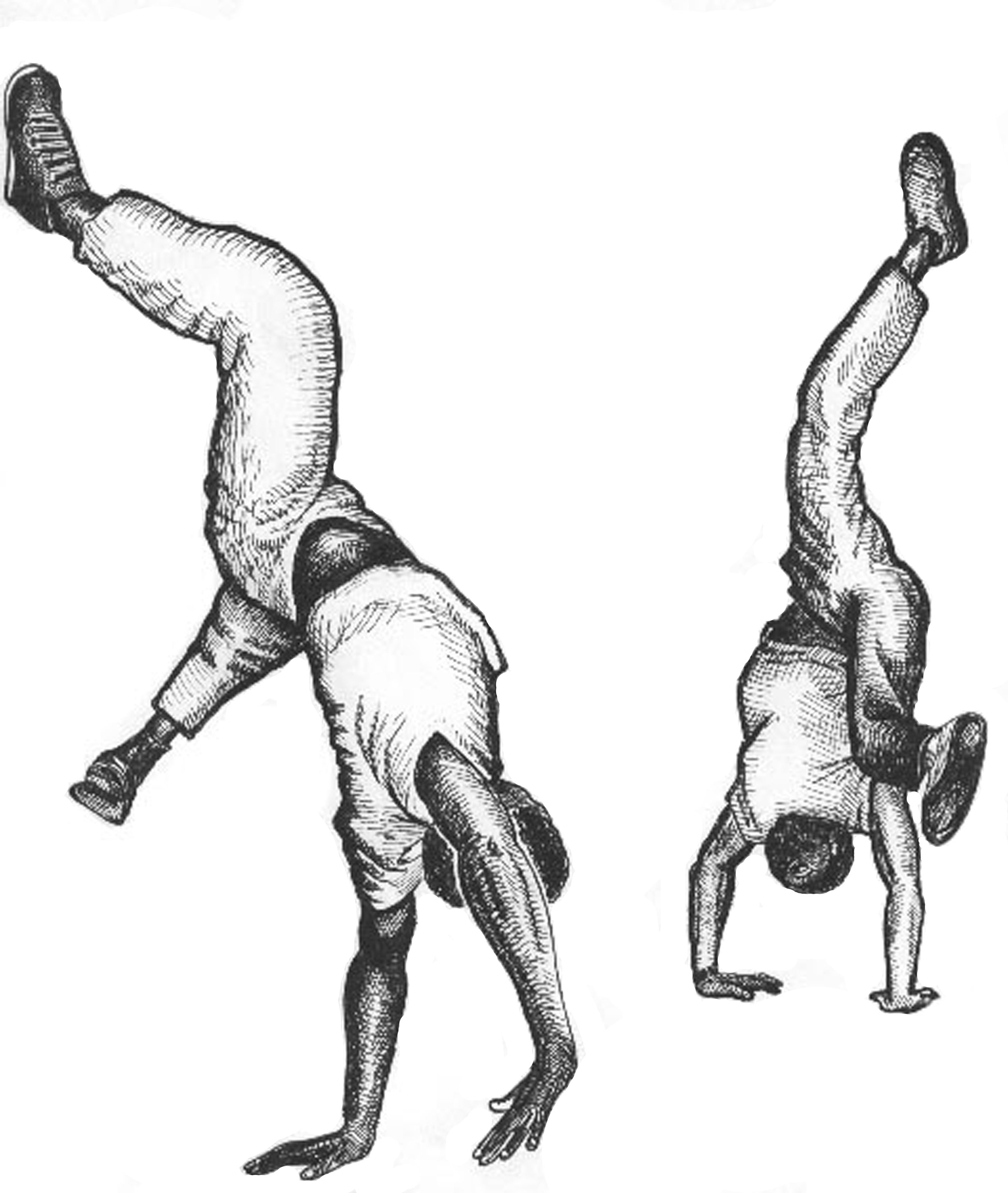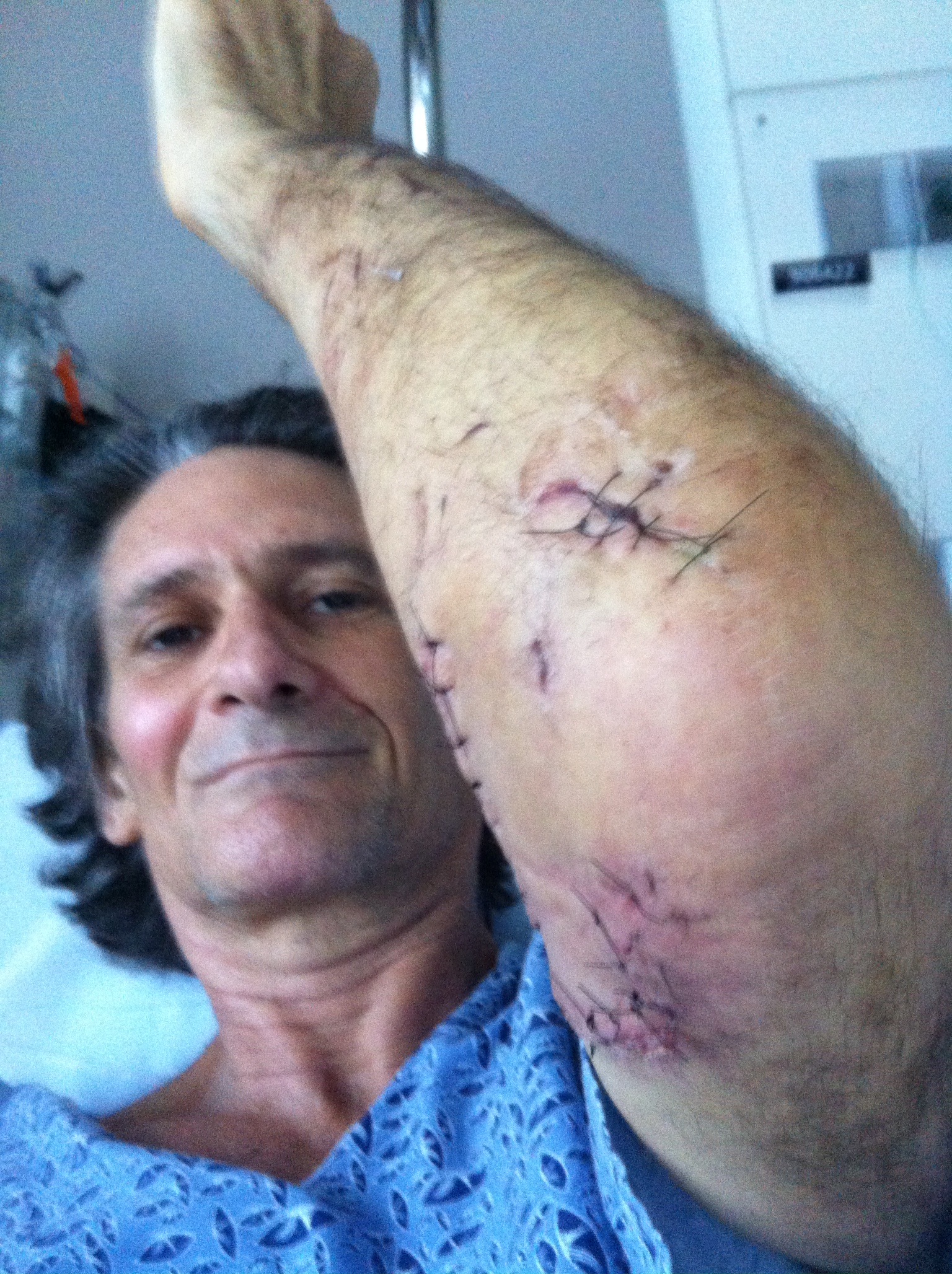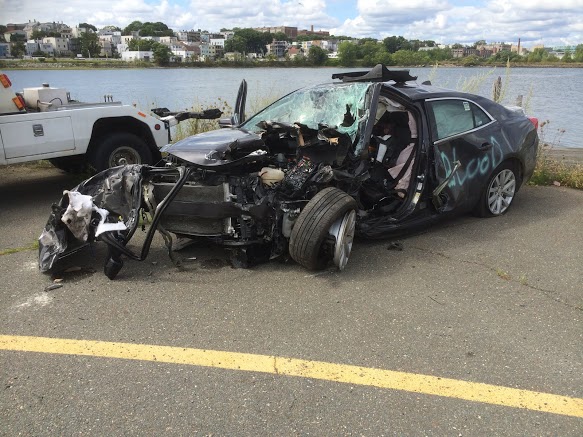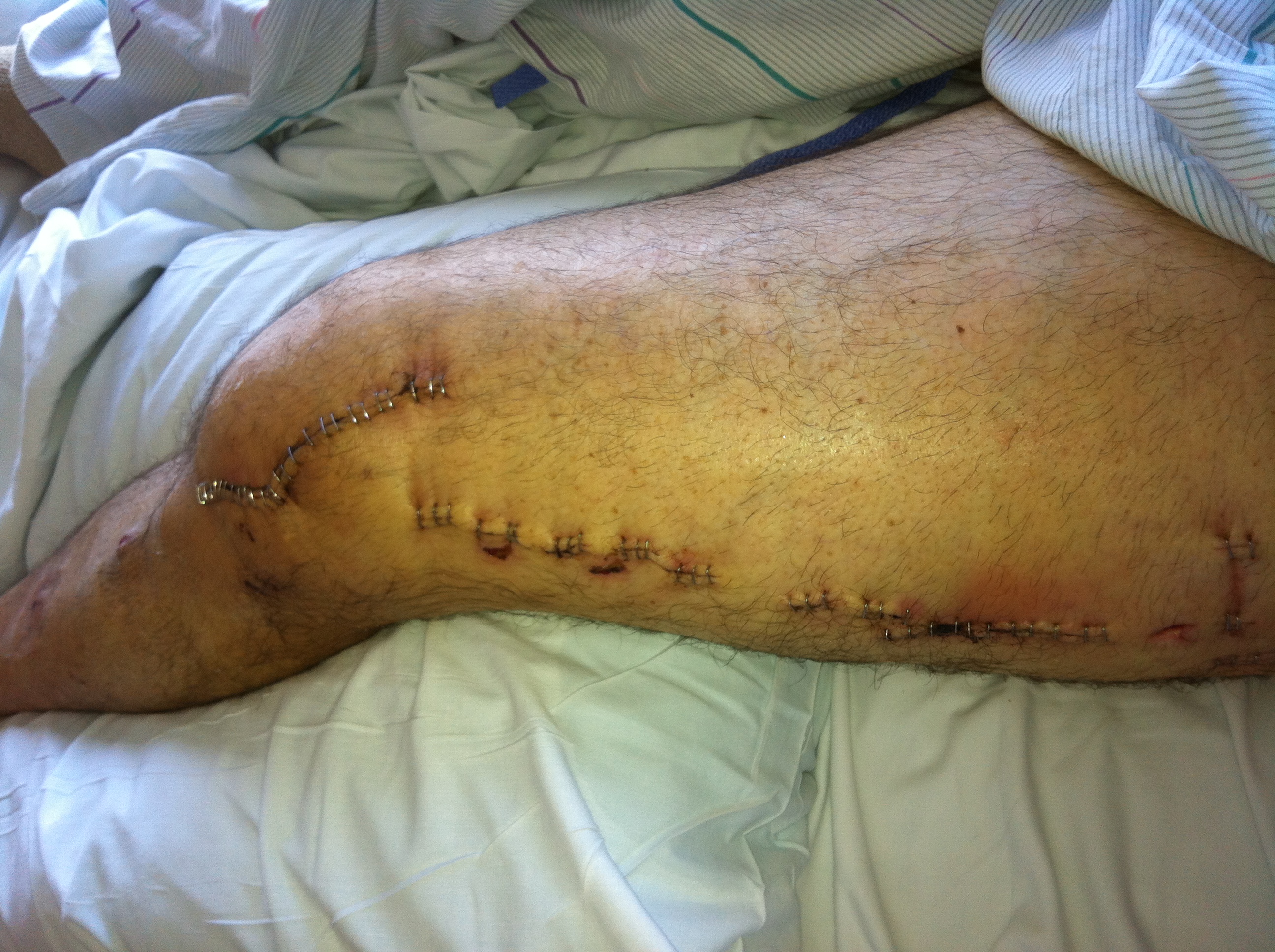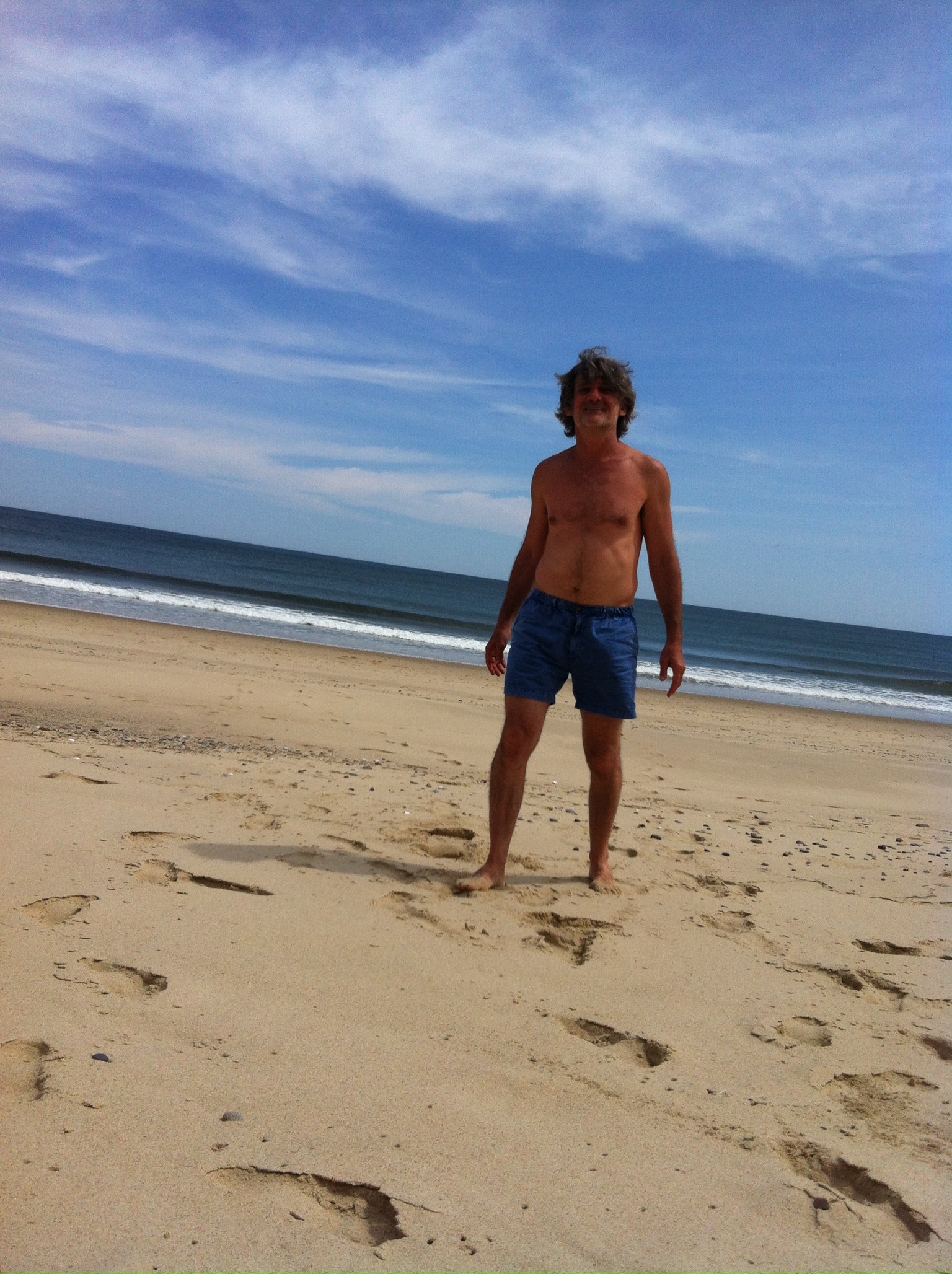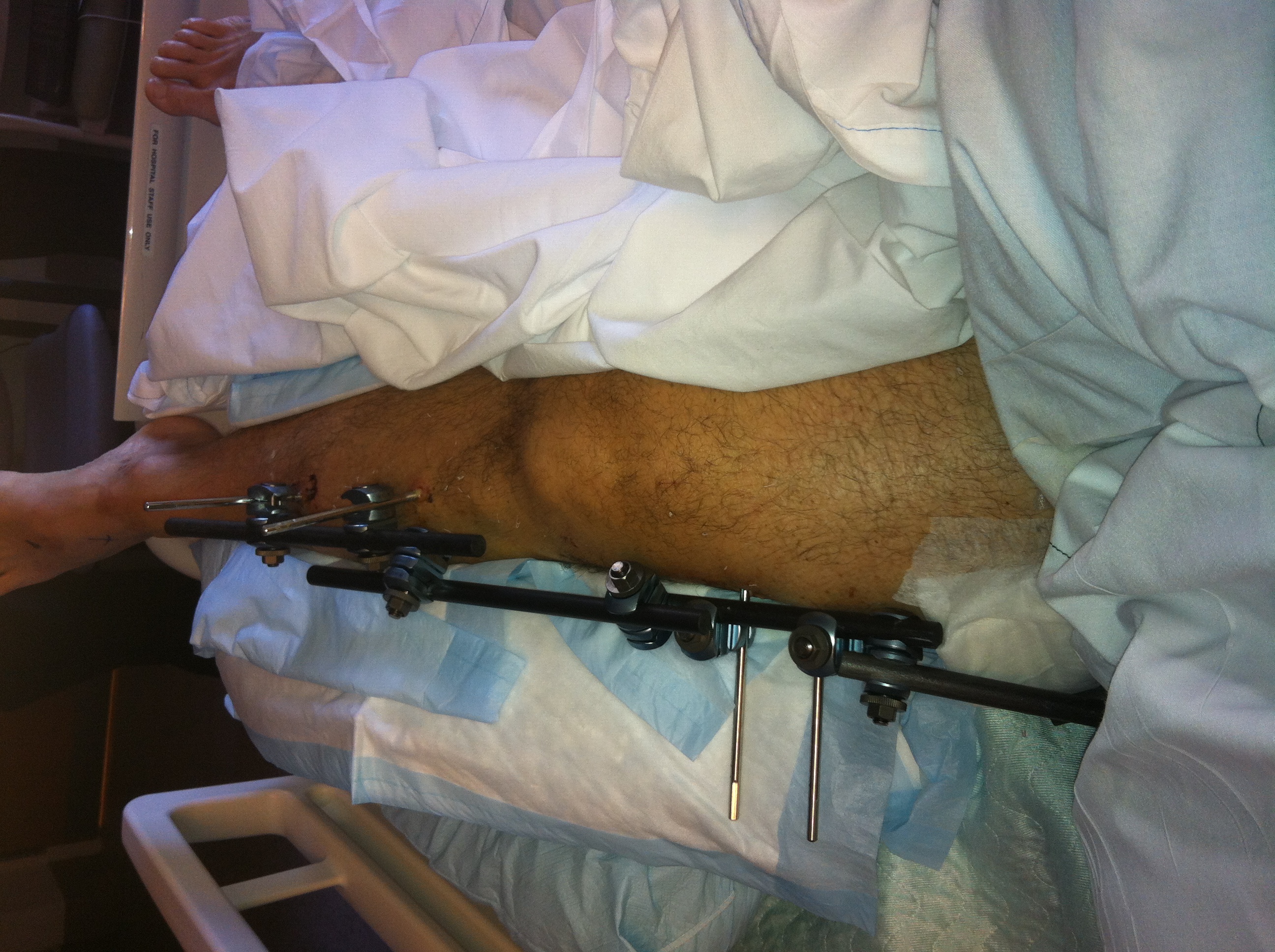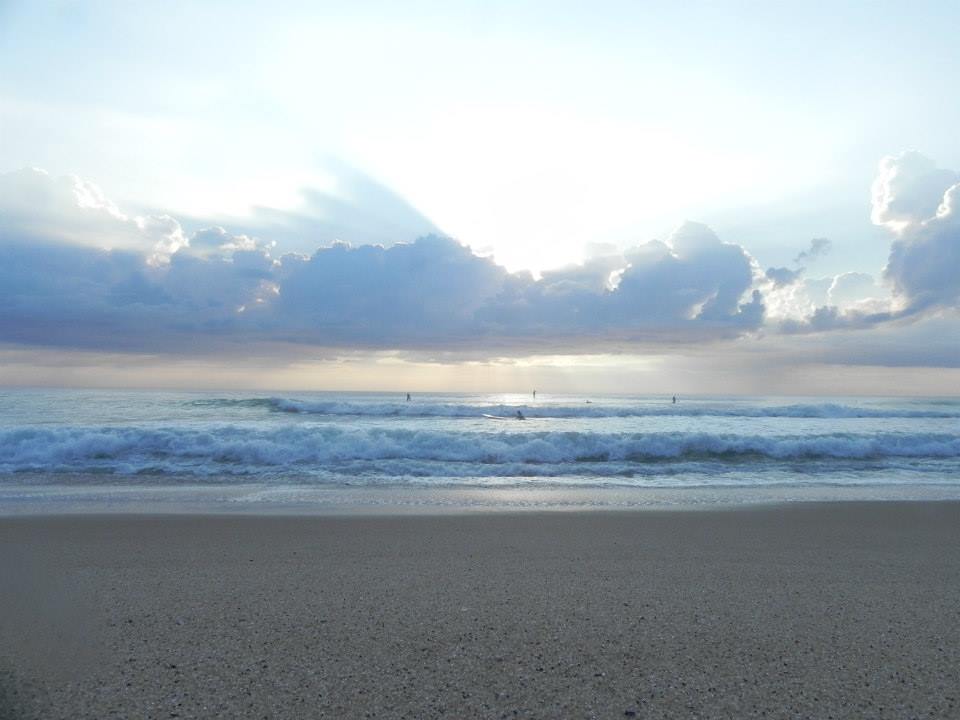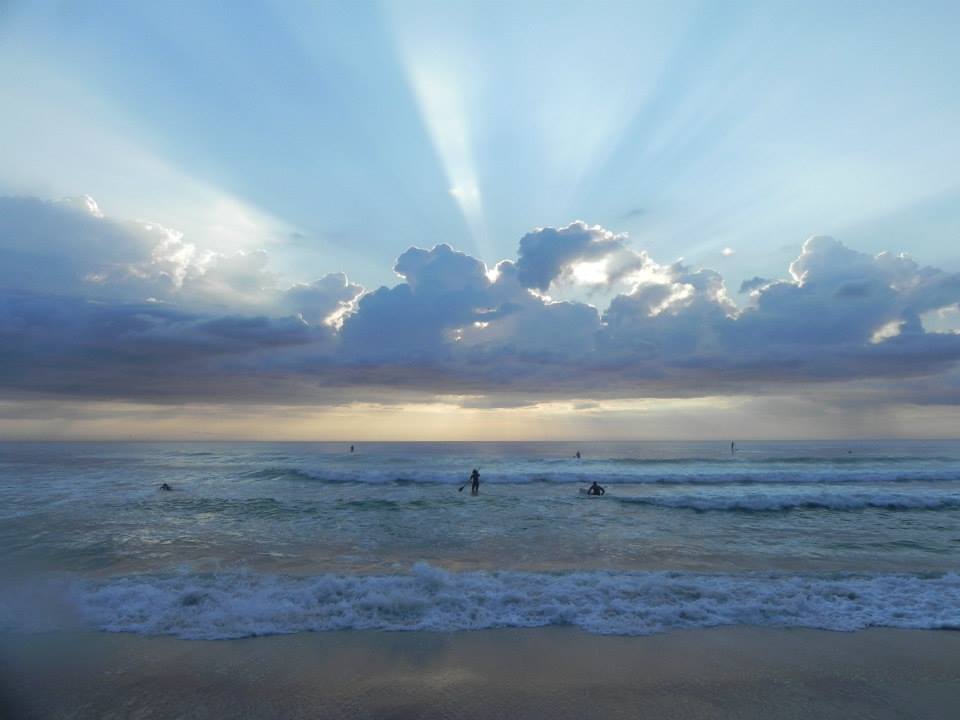What is Capoeira?
What is Capoeira? A question that still leaves me groping. My simplest answer: “Capoeira is a Brazilian self-defense hidden in dance created by Africans who were enslaved in Brazil.” For more info, Youtube, Wikipedia, websites, books, articles, documentaries all give glimpses into the world and experience of this exotic art. Rather than describe what capoeira is, I choose to share on what is good capoeira.
What is Good Capoeira
After thirty seven years of practice around the world and especially my year and stays in Salvador, Bahia, Brazil, watching and playing experienced capoeiristas and mestres of diverse styles, here is my partial list of what makes good capoeira.
Good capoeira is:
Malandragem
Malicia
Mandinga
Effective
Efficient
Effortless
Slow, medium, fast
Low, med, high
Flowful
Masterful with basic moves, especially the ginga, au & role
Humble
Respectful
Generous
Cooperative
Mindful
Knowledgeable of capoeira’s instruments, musicality and song
Each of these qualities deserves more description, illuminating this mysterious art of play fighting disguised as dance. Which is most important, essential for great capoeira? I choose malandragem. Without malandragem, capoeira’s essence is lost; its path derails.
Malandragem, from a Brazilian Portuguese Dictionary, is a term for a lifestyle of idleness, fast living and petty crime. Sounds like a low life. Not an admirable way of being. Something bad.
In the realm of capoeira, however, malandragem has another, deeper meaning. In capoeira, malandragem is the art of hiding one’s intentions, disguising one’s power in playful, dancelike and harmless looking moves, having a calm, non-aggressive, unthreatening way of being.
Capoeira was created by people who were enslaved, oppressed, lived and worked under watchful eyes of overseers armed with weapons. The enslaved Africans had to appear submissive and unthreatening. This may have been their greatest resource for survival. A person in bondage had to wait for the right moment to attack, to escape. Outnumbered, outpowered, one has to divine the best opportunity to strike.
Today, in capoeira as in life, there is always someone stronger, faster, crazier, more ready to die.
“Capoeira é um manifestacão popular,” said Mestre Nô. Capoeira is a popular manifestation, meaning it is played outdoors, in the streets and markets, with all kinds of people present.
We never know who is watching and what their intentions may be. Seems wise to hide our best recourses until needed.
Mestre João Pequeno said, “Capoeira brinca, ela vadia, e no momento certo, ela bate como uma cobra.”
Capoeira plays, “fools around,” and at the right moment, she strikes like a snake.
Without malandragem, capoeira is missing its highest art, its context, its source.
“Capoeira é malandragem,” - Mestre Bimba


